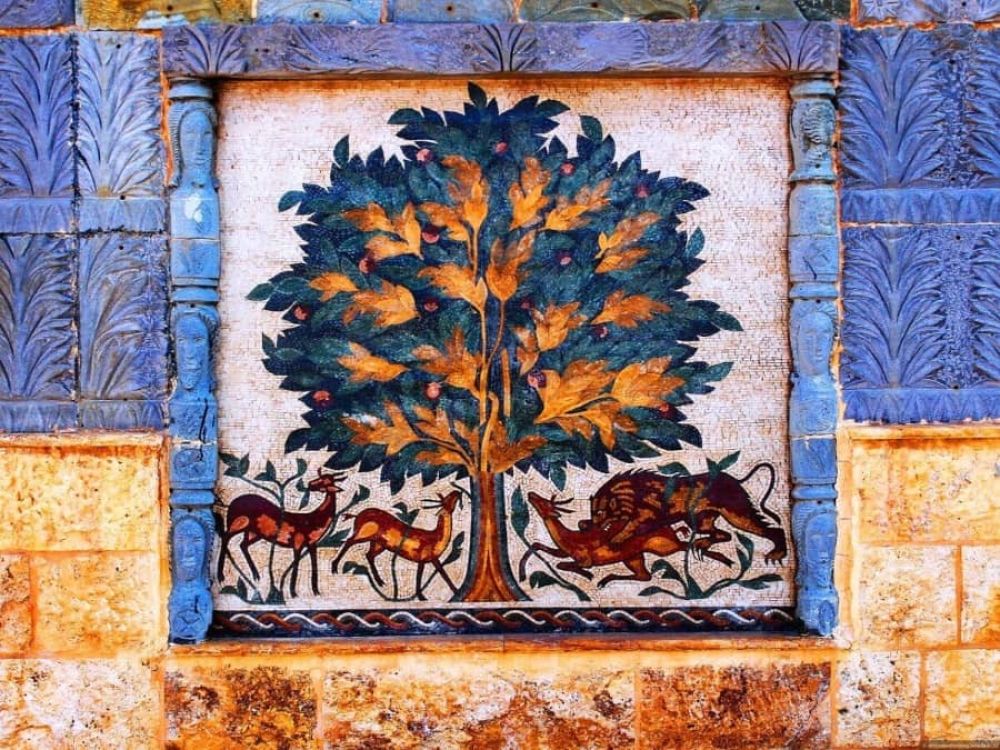

The small town of Madaba, situated in central Jordan, is world-famous for an extraordinary ancient treasure: the Madaba Mosaic Map. This remarkable Byzantine-era mosaic floor, dating back to the 6th century AD, is not only a masterpiece of art but also an invaluable historical document, offering the oldest known geographic floor mosaic in art history. It provides a layout of the Holy Land, with particular focus on Jerusalem, during an era long past.
Originally, the Madaba Mosaic Map adorned the floor of the Church of Saint George, which was built during the Byzantine period. The map was rediscovered accidentally during the construction of a new building in 1884 after Madaba had been resettled by Christian Arab tribes from the south. This magnificent artefact instantly drew the attention of scholars and archaeologists worldwide, triggering an inflow of visitors keen to view this link to the biblical past.
The Madaba Mosaic Map is not only a piece of ancient art; it has reshaped historical understandings of the region. With illustrations of approximately 150 biblical sites of the Middle East, including Jerusalem, the Jordan River, the Dead Sea, and as far north as Lebanon, it has contributed significant insights into the topography and urbanism of the area during the Byzantine period.
Madaba's tourism history has been closely tied to its mosaics, particularly the Mosaic Map. After its discovery, Madaba became an essential stop for pilgrims and tourists traveling to the Holy Land. The town swiftly embraced its newfound fame, restoring ancient mosaics and promoting mosaic artistry as a symbol of local heritage.
Today, aside from the St. George Church, visitors can explore the Madaba Archaeological Park and the Madaba Institute for Mosaic Art and Restoration, which works to preserve and continue the rich tradition of mosaic-making. The city is often included in the biblical tourism routes, pairing its cultural wealth with religious significance.
In recent years, Madaba has expanded its tourism portfolio beyond religious and historical interests; it now appeals to adventure seekers and cultural enthusiasts. The latest trends in the area include:
Whether for its ancient history, religious significance, or modern cultural richness, Madaying tourists from around the globe who seek a unique travel experience.